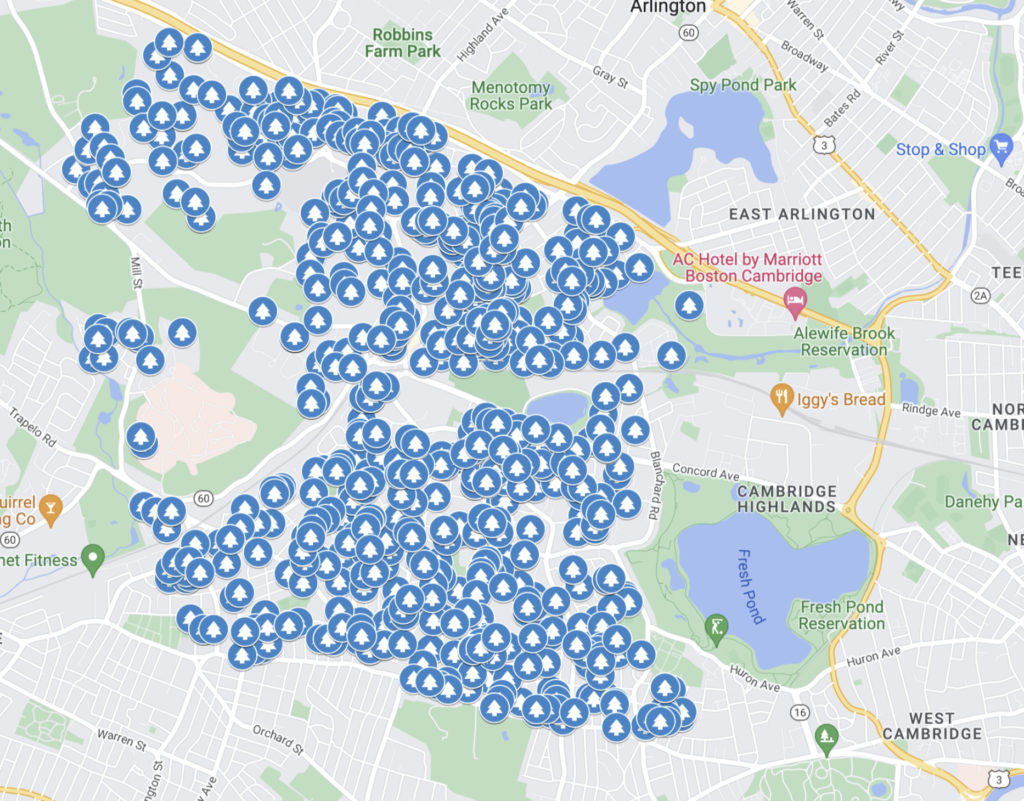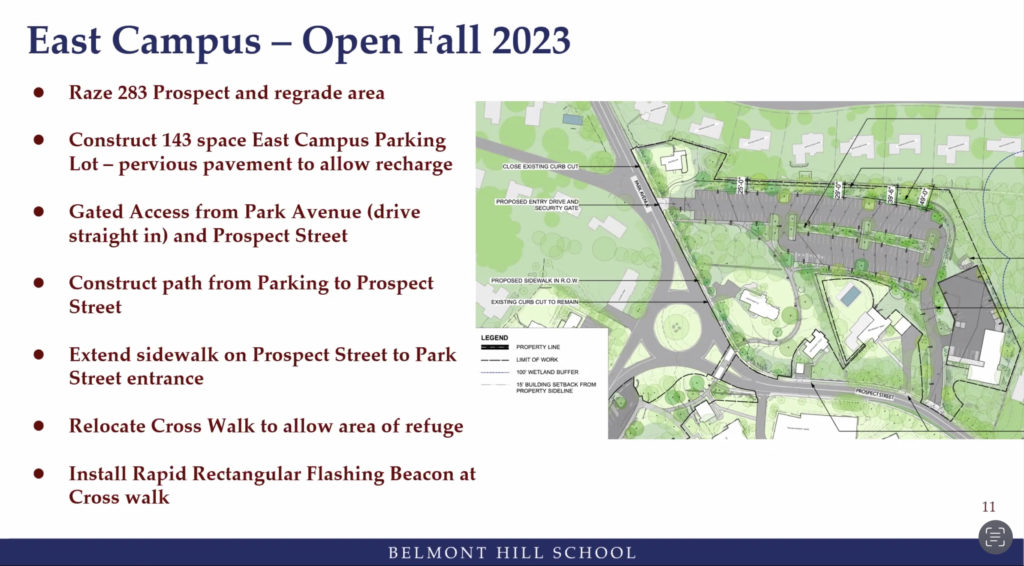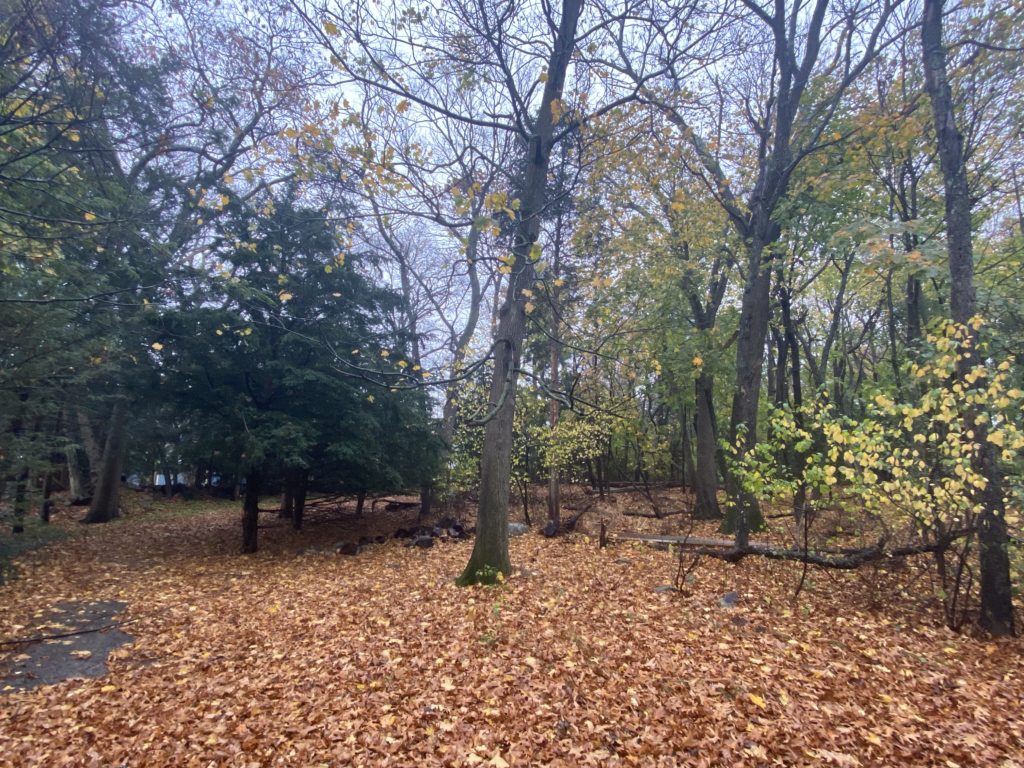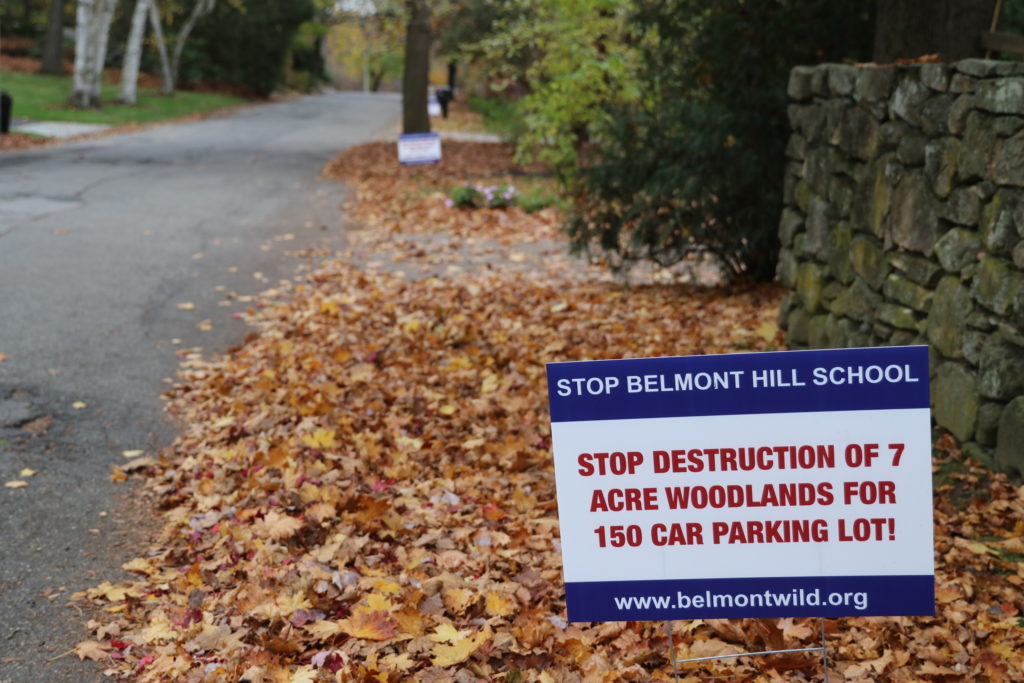Photo: Three donations equaling $1 million will allow a roof solar array at the new municipal skating rink
The Belmont Select Board signed three Memoranda of Understanding at its Monday, June 10, meeting to accept $1 million in donations to install a solar array on the roof of Belmont’s new municipal skating rink. The goal is to keep operating expenses at the town’s sports facility down while reducing its carbon footprint.
Under the agreements, which were negotiated and finalized by Town Administrator Patrice Garvin, the town will receive funds from:
- Belmont Hill School: $500,000,
- the Belmont Day School: $200,000, and
- Belmont Light Department: $250,000
“The goal has always been to operate the rink at an operational break even, meaning revenues that we come in will be used to offset any expenses we incur,” Garvin said back in May.
“I want to thank [Garvin] for really finding a way to bring all parties together to follow through … to get solar on the building” in a collaborative way, which has been a struggle in the past, said Board Vice Chair Matt Taylor.
While the construction of the $30 million Belmont Municipal Skating Rink is “on time and on budget,” that didn’t mean the promise of a rooftop solar panels was a certainty. With the rink under the financial guns – due to the uncertainty of tariffs imposed by Donald Trump on Canadian-made equipment and the reality of unexpected costs always around the corner – the Municipal Skating Rink Building Committee in April presented the Select Board two contingency plans to provide reduced solar coverage of one-third or half based on available money.
With the prospect of rooftop solar panels seeming less than confident, Garvin took up the challenge to secure the funds. “At the previous Special Town Meeting, I stated that we would find a way to put solar on the roof of the rink,” Garvin said on the first night of Town Meeting, May 12.
In the spring, Garvin met with each of the largest “tenants” to discuss possible one-time contributions that would secure the renewable power component.
One area that Garvin discovered was not on any of the tenants’ radar was a formal PILOT – payment in leiu of taxes – agreement. PILOT has been a hot topic among residents in the past decade in the town’s attempt to increase revenue sources, especially from non-profits. Belmont Hill School – whose extensive and expanding land holdings are exempt from property taxes – has been reluctant over the years to discuss the subject, including in its rink talks with Garvin.
“Generally, PILOT is not a word that anyone wanted to hear,” said Garvin. Rather than push for a binding and precedent setting agreement, the Town Administrator decided to use another word in her attempt to secure one-time funding for the panels.
“As soon as I changed the topic to ‘donations,’ they were much more receptive,” said Garvin. After some give and take on the benefits for the schools – having a new in-town rink nearby (with some advantageous scheduling to boot) – the agreements were completed in June.
No Discount On Rent
Garvin wanted to clarify that Belmont Hills half-a-million dollar contribution is not a “pay to play” agreement.
“There’s no discount” in renting ice time for their donation, said Garvin. “They will be renting the ice from 2 p.m. to 3 p.m., three times per week. This is the current agreement [on ice time] at the prior rent agreed to many years before I was here as the Town Administrator,” said Garvin. “Belmont Hill will pay whatever that rated ice time is, which will gradually increase year over year,” she said.
“The $500,000 donation will include a donation to the PV but also a prepayment of two seasons of ice time, meaning that we will waive the first two seasons” of the new rink. In 2027, the town and Belmont Hill will formalize a 20-year lease for ice time.
Board Chair Elizabeth Dionne highlighted Belmont Day School’s $200,000 contribution, which “really is a true donation.” Noting the school will be using the rink for a minimum number of hours each week, “they’re asking for very, very little in return, and I’m appreciative of that,” said Dionne.
“Belmont Day is looking to have education initiatives with their students for science, technology, engineering, and math education,” said Garvin.
Finally, the Belmont Light donation comes as the town agrees to sell any renewable energy credits (RECs) generated by the solar panels to the utility.
Garvin said the town has been planning the Belmont rink operations for some time, and getting to break even will be a three-step process, she said:
- Hiring a rink manager, Eric Harrington, on April 22. “He will be working with me to hire a staff to rent up ice time and to develop policies and procedures to run the ring,” said Garvin.
- Maximizing the rink’s revenue by locking in rents at market rates.
- Control operating costs. Solar is seen as key to minimizing the cost for the rink’s operation. And that component is best achieved by
“We need to work with the Recreation Commission to determine what the fees for that ice time will be,” said Garvin. “We plan to retain and secure long-term tenants that have used the rink for years and to maximize any utilization we can find to operate the rink.”
The complete solar array provides several benefits to the town’s bottom line and its residents:
- It makes good on a commitment to the residents to using renewable energy when the debt exclusion was passed in 2024 and to the Town Meeting Members when they were asked for additional funding to put solar panels on the rink’s roof.
- It reduces operating expenses by $7,000, an estimate calculated using Belmont Middle and High School solar generation as a matrix. “We’re also expecting increases in electricity for calendar year 2026, 2027 and 2028,” said Garvin.
- “We are challenged to find revenue to support the ring’s operations. So a path forward is the solar if we even want to attempt to break even on operations, and especially as costs increase year over year,” said Garvin.



